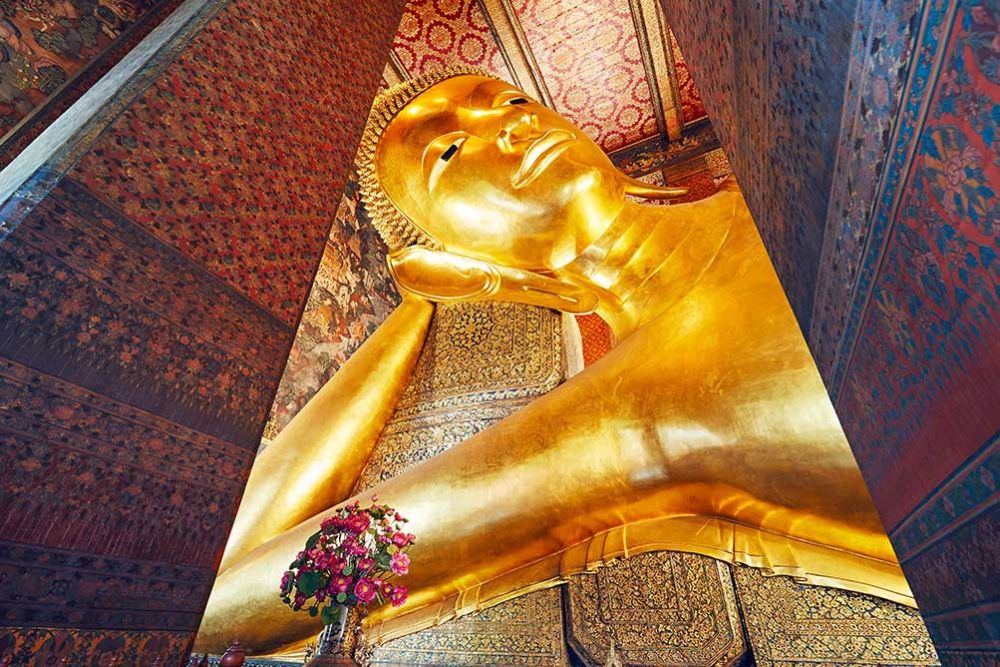

Nestled in the heart of Phonsavan, the provincial capital of Xieng Khouang Province in Laos, lies the beautiful remains of Wat Phia Wat. This ancient temple ruin, although less known compared to the Plain of Jars, resonates with historical significance and is a testament to the resilience of the Laotian heritage.
The origin of Wat Phia Wat dates back to several centuries ago, although its exact history remains somewhat obscure due to the limited documentation. The temple was a spiritual center until it was partially destroyed during the Indochina Wars. Notwithstanding this damage, the site has retained a sculpture of the 'Reclining Buddha,' a poignant reminder of peace and spirituality amidst the surrounding evidence of war.
Historically, tourism in Phonsavan has been interlinked with the allure of the mysterious Plain of Jars, an extensive archaeological landscape dotted with giant stone jars. However, over the years, the tranquil charm of Wat Phia Wat has also become a point of interest for those visiting the region.
Post the end of Laos' internal conflicts in the 1970s, the country slowly opened up to international tourism. Phonsavan, being relatively isolated, took a while longer to establish itself as a notable destination. By the early 2000s, increasing numbers of adventurous tourists seeking off-the-beaten-path experiences began to arrive, further catalyzing the recognition and subsequent preservation efforts for sites like Wat Phia Wat.
With growing awareness of its unique cultural and historical significance, Wat Phia Wat has benefited from conservation efforts in recent years. These efforts have made the site more accessible and informative for visitors, thereby enhancing the tourism experience.
The latest trends in tourism in Phonsavan, and by extension to Wat Phia Wat, reflect a growing dedication to sustainable and responsible tourism practices. There is a push towards preserving the natural and historical environment, which in return, offers a more authentic and impactful experience for visitors.
Furthermore, experiential travel has taken root, with tourists showing increased interest in engaging with the local culture and community. This trend has paved the way for homestays, cultural tours, and direct interactions with the residents of Phonsavan, imparting deeper insight into the Laotian way of life.
Today, visitors to Wat Phia Wat can reflect on the profound history and admire the serene beauty of the site. While the location sees a modest flow of tourists compared to Laos' more frequented attractions, its quiet atmosphere and historical depths offer a unique journey into Laos' past.
Tours often combine visits to Wat Phia Wat with the nearby Plain of Jars, providing an enriching exploration of both the natural landscape and cultural heritage of the Xieng Khouang Province.
In conclusion, Wat Phia Wat stands as a serene symbol of Laos' rich historical tapestry. Despite its years of silence, the temple now communicates with the world, sharing stories of spirituality, resilience, and rebirth. As tourism in Phonsavan grows, responsibly and sustainably, Wat Phia Wat remains an integral chapter in the ongoing narrative of this enchanting region.